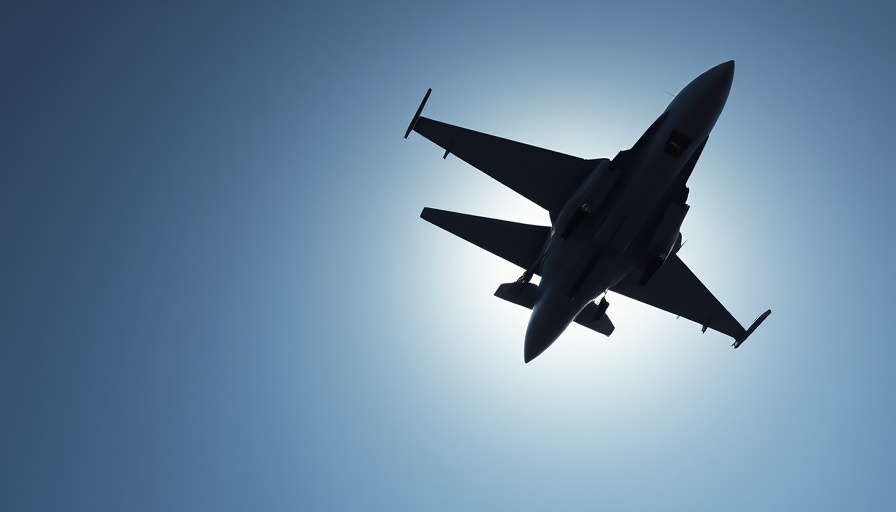
Ukraine's Advanced F-16s: The New Backbone of Air Combat
In a significant escalation of the ongoing conflict, Ukraine's F-16 fighter jets have transitioned from defensive roles to actively engaging in combat against Russian forces along an 800-mile front line. These jets, armed with an array of advanced weaponry and electronic warfare capabilities, are increasingly involved in high-stakes operations that aim to disrupt and diminish Russian military effectiveness.
Equipped for Assault: Understanding the F-16 Loadout
Images circulating online provide a glimpse into how Ukrainian F-16s are equipped for their new roles. Some jets are armed with Small Diameter Bombs (SDB), precision-guided munitions that allow strikes on enemy positions from significant distances. Specifically, the F-16s are using the GBU-39/B SDBs, which utilize both satellite and inertial guidance systems to enhance targeting accuracy. Each bomb carries a warhead weighing 93 kg, designed for substantial impact against ground targets.
Additionally, the jets are armed with AIM-120 medium-range and AIM-9 short-range missiles, showcasing their versatility in air superiority missions alongside ground attacks. This multifunctional capability marks a notable shift from the initial use of F-16s merely for defensive air patrols against aerial threats.
The Role of Electronic Warfare in Modern Combat
Perhaps one of the most critical advancements in the F-16's operational capability is the integration of the AN/ALQ-131 electronic countermeasures pod. This system allows the jets to detect and jam enemy radar, significantly increasing their survivability in hostile airspace. As noted by the Conflict Intelligence Team, the F-16s act like 'flying air defense' units, equipped to protect themselves from incoming threats while carrying out their missions.
This electronic warfare capability comes at a crucial time when the Ukrainian air force faced heavy losses in its earlier engagements, with nearly 100 jets downed in the early stages of the invasion. The introduction of these advanced systems and weaponry stands in stark contrast to the outdated Soviet-era aircraft previously used.
Future Opportunities and Combat Readiness
As the conflict continues, the operational scope of Ukrainian F-16s is expected to broaden further. Military analysts predict that increased training and exposure to combat will enhance pilot proficiency, allowing for more complex missions in the future. This evolution aligns with forecasts made in late 2023, suggesting that as F-16s become more prevalent in Ukrainian forces, so too will their tactical applications on the battlefield.
Conclusion: A Paradigm Shift in Air Warfare
The deployment of F-16s in Ukraine highlights a significant shift in air combat dynamics, where advanced technology plays an integral role in mitigating traditional disadvantages. With precision munitions, electronic warfare capabilities, and increased tactical flexibility, Ukraine’s F-16s represent a modern approach to countering a technologically comprehensive adversary. As the air war unfolds, these jets will likely continue to shape the landscape of conflict in the region, underscoring the importance of advanced aerospace technology in contemporary warfare.
 Add Row
Add Row  Add
Add 




Write A Comment